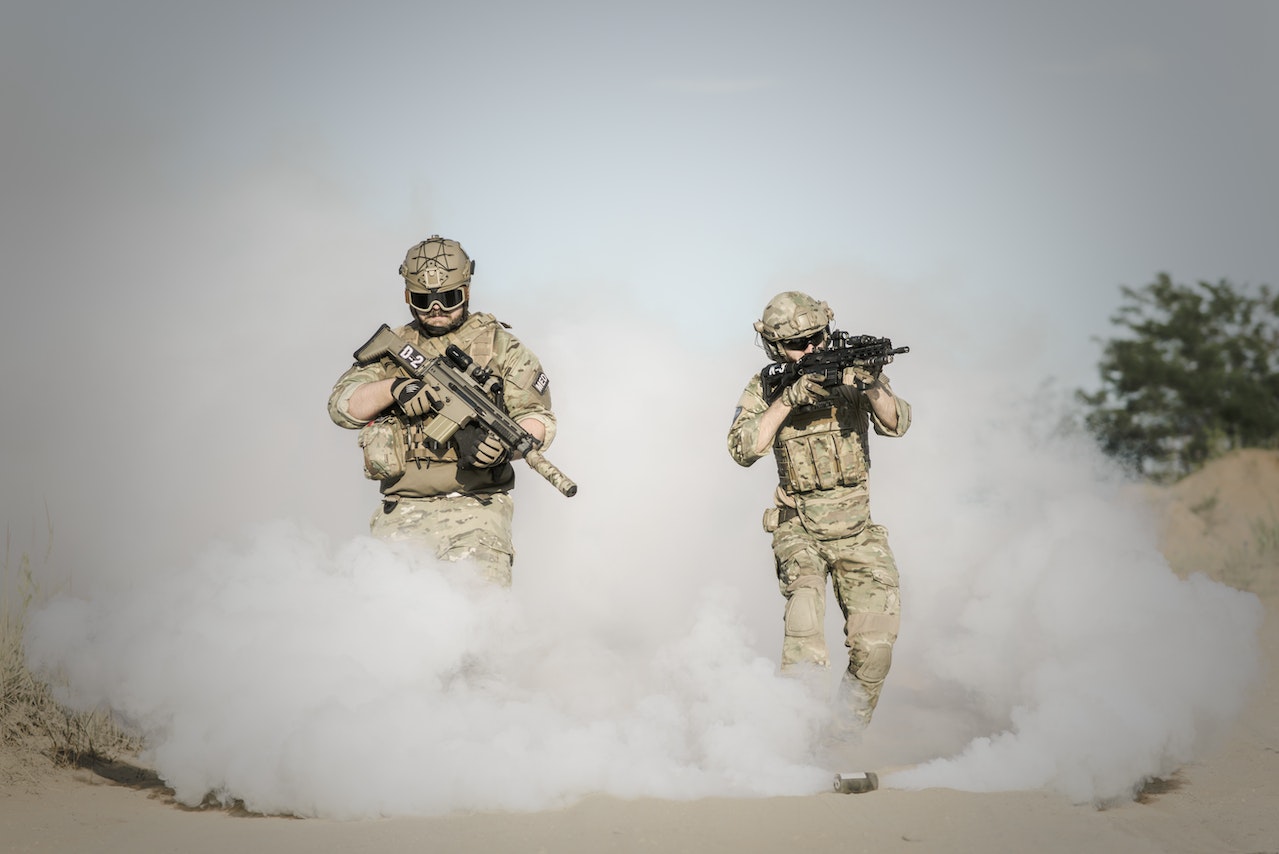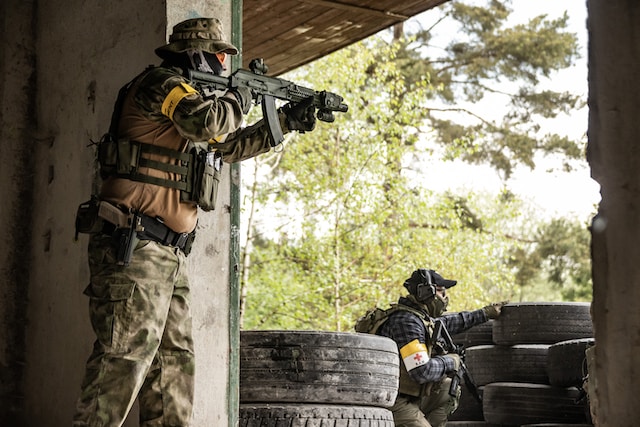War has been a popular subject for cinema since the invention of the medium in the late 1800s. But there is no single general type of war film, as the category encompasses many types of filmed stories about conflict. The Napoleonic wars were the subject of costume dramas, while frontier wars in westerns pit cowboys against Indians. Star Wars (1977) presents an imaginary intergalactic conflict in the realm of science fiction. Other films use war as a metaphor: “The War of the Roses (1989) is an outlandish comedy about a feuding married couple, and Used Cars (1980) is a “war” between two rival car lots. Some screen wars are never won: Wile E. Coyote and Road Runner are forever locked in comic conflict in cartoons.
Films called “war films” do not reflect one attitude or one goal. They can be anti-war (All Quiet on the Western Front, 1930) or pro-war (Bataan, 1943). “How I Won the War (1967) is a satirical and mocking comedy about the First World War, but The Grand Parade (1925) tells the tragic story of the impact of its events on one man’s personal life. “The Green Berets (1968) is a raucous glorification of the US Special Forces and their role in Vietnam, but Platoon (1986) presents the life of a soldier there as an almost insane universe.
Developing a common definition of a war film is problematic. Sometimes films are called “war films” even if they do not take place in combat. Since You Got Away (1944), a story of the American home front in 1944, is not about gun battles, but about the daily struggle for morale of those whose lives are indirectly affected. Similarly, The Best Years of Our Lives tells the story of three soldiers from different economic backgrounds returning to civilian life and the difficult changes they must make. However, the core of the story is the combat stress they experienced and the impact it had on them mentally and physically. “Coming Home (1978), which takes place mostly outside of combat, is still a movie about the Vietnam War. War can also be presented as a metaphor (The War of the Buttons, 1994, in which children’s quarrels escalate during play) or as a computerized test (War Games, 1983).
Thus, to define a war film, it is necessary to establish parameters, the first of which is to separate fact (documentaries and newsreels) from fiction (created stories, even if they are based on facts), and to determine how much fighting should be on screen. to mean that a film is a war film. Some films have war as a significant backdrop, but do not depict any fighting. Some have combat sequences as an episode in a larger story, such as Gone with the Wind, which begins in the peaceful Old South, moves into the Civil War, and continues through the Reconstruction period and postwar issues. For this reason, Gone with the Wind, the premier Civil War movie, is rarely referred to simply as a war movie.
The war film as a genre is best defined as a movie in which a fictional or factual story is told about a real historical war. The struggle against this war, its planning and fighting in it should take up most of the running time. This would include biographies of combatants, such as World War II hero Odie Murphy (1924-1971) (To Hell and Back, 1955), as well as films set inside a battle but that remove their characters from the conflict through visualized memories (Red Beach, 1967). This definition excludes domestic settings, war as a background or one-shot film, military camp films, training camp films, and biographies that do not include actual combat.
The purpose of a war film made by commercial enterprises is primarily to entertain. A film made during a war, such as 1943’s Diary of Guadalcanal, has additional goals: to boost morale, help civilians understand what their soldiers are going through, provide information, and engage viewers in positive support for the war. that may affect the outcome, which is still in doubt. A war film made after the war has ended has to find other goals, and, unlike films made during the fighting, it has to justify its morality. When war movies become a common genre, as in the war films of World War II, it is a story that the audience knows and accepts. Such war stories can then be used to address other issues of national interest.



